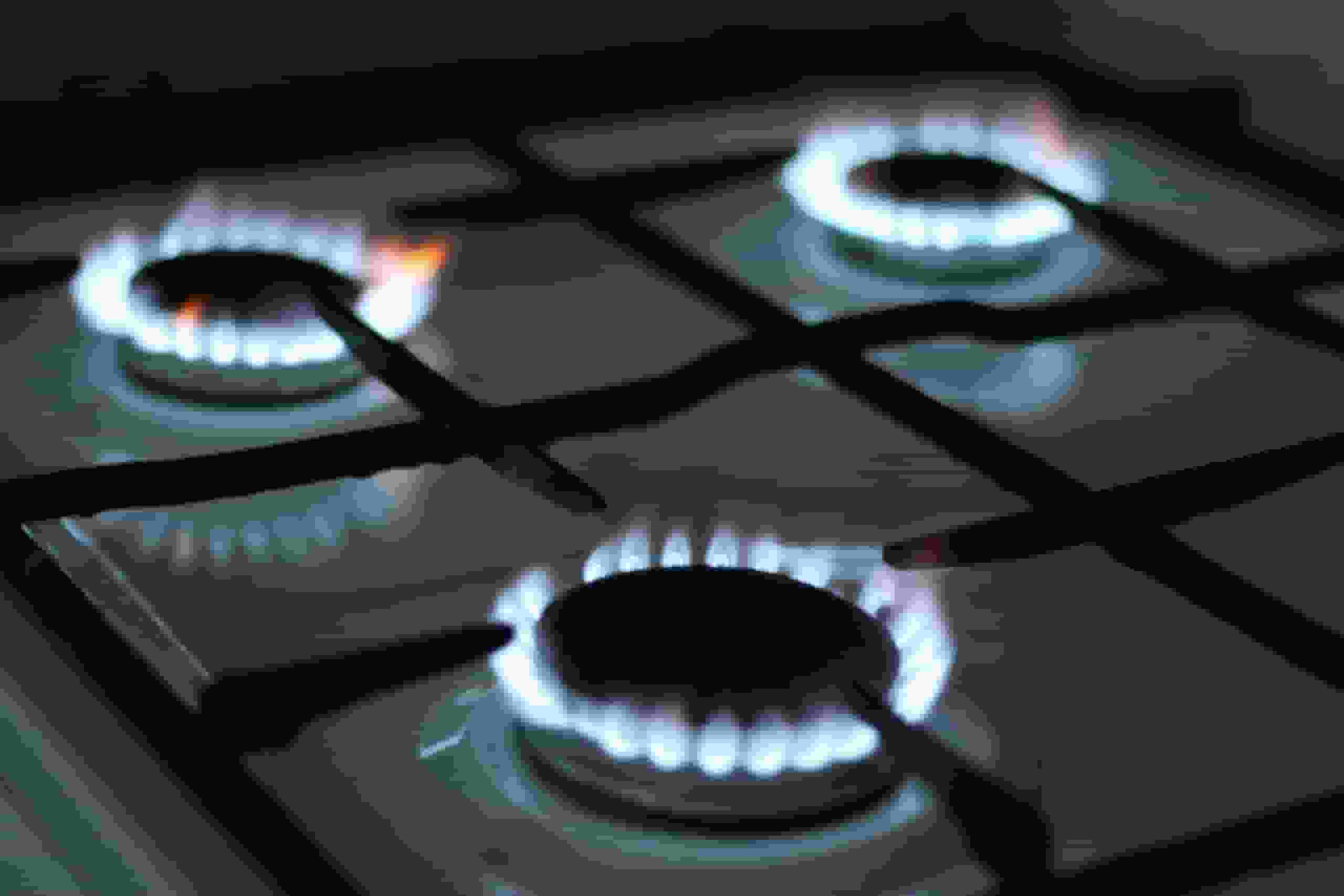
A recent study has linked cooking with gas indoors to 12.7% of all childhood asthma cases in the United States. Since the 1800s, gas stoves have been used to cook food in American homes, so they are not new.
Over a century after their inception, an estimated 40 million homes still use them. However, environmental and health concerns around the widespread appliances have been slowly growing for decades.
More Children Gets Asthma Through Gas Stoves
A new study published in the International Journal of Environmental Research and Public Health in December 2022 reveals that 12,7 percent of childhood asthma cases in the United States may be attributable to household gas stoves.
Researchers from the United States and Australia predict that 650,000 children and adolescents could be affected. Carbon monoxide, methane, benzene, and nitrogen dioxide can be produced and emitted by gas stoves, especially if they are used in poorly ventilated areas and are not properly maintained. Even when they are turned off, they can leak methane (a greenhouse gas) according to a January 2022 study.
The peer-reviewed study was led by the environmental think tank Rocky Mountain Institute (RMI) and published in the International Journal of Environmental Research and Public Health last month.
According to the study’s principal author, Talor Gruenwald, a data scientist for the electrification advocacy organization Rewiring America, the findings show that around 650,000 children in the United States suffer from asthma who might not otherwise if they weren’t exposed to gas stoves.
Using a gas stove is akin to having a smoker living in your home, he told AFP, citing the comparable asthma risk posed by secondhand smoke.
The research employed the same methodology as the 2018 study that ascribed 12.3% of childhood asthma in Australia to gas stoves.
Read more: New COVID-19 Omicron subvariant XBB.1.5 is most transmissible, warns WHO
High Risks

It integrated the results of a 2013 meta-analysis of 41 prior research with 2019 census data from nine U.S. states to evaluate the risk of asthma in children living in homes with gas cooking. The American Gas Association, a lobbying group, criticized the study as “a mathematical exercise based on advocacy that adds no new science.
In a statement, the organization stated that the study’s writers did not undertake any measurements or testing based on actual appliance usage, emissions rates, or exposures.
Gruenwald characterized the lobby’s statement as a canned reaction that failed to cite any study that contradicted its conclusions. The study comes amid rising calls for action in the United States on the dangers of gas cooking.
In reaction to the research, Energy Secretary Granholm tweeted, We can and must fix this. She noted that the massive Inflation Reduction Act proposed by President Joe Biden would increase Americans’ access to electric and induction cooktops.
A US Consumer Product Safety Commission commissioner announced last month that his agency would publish a formal call for information from the public regarding the dangers of gas cooking.
The commissioner, Richard Trumka Jr., stated in a video that the potential of a ban should be considered. Twenty Democratic Senators, including Elizabeth Warren and Bernie Sanders, signed a letter urging the government to address the matter last month.
According to the World Health Organization, asthma is the most prevalent chronic condition among children, affecting an estimated 262 million people worldwide and causing 455,000 deaths in 2019.

